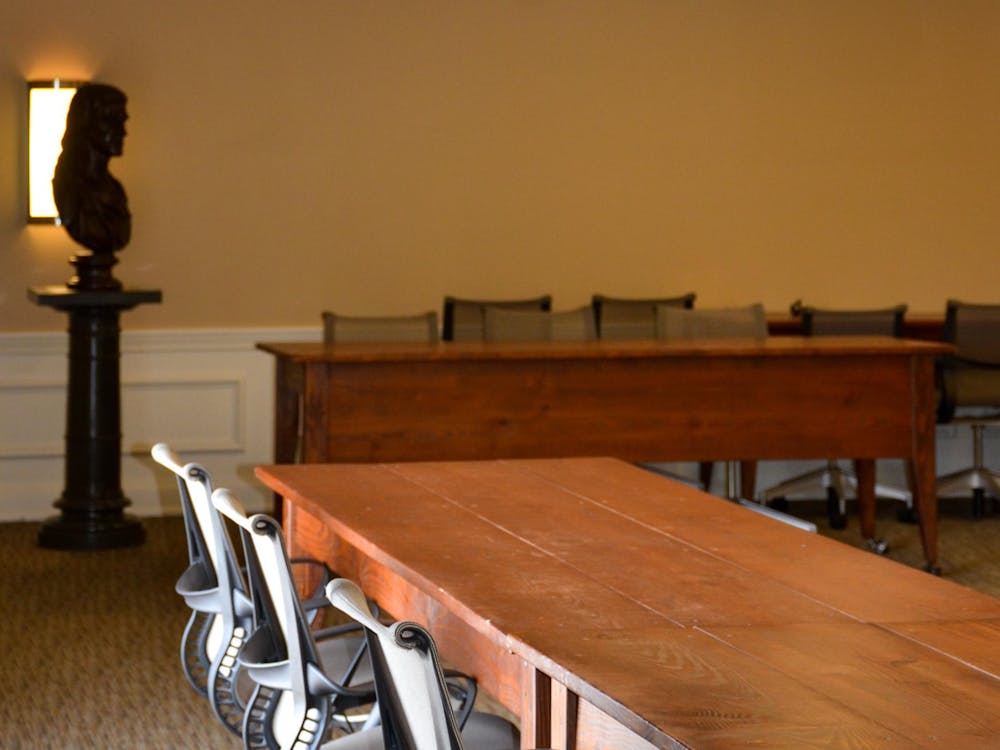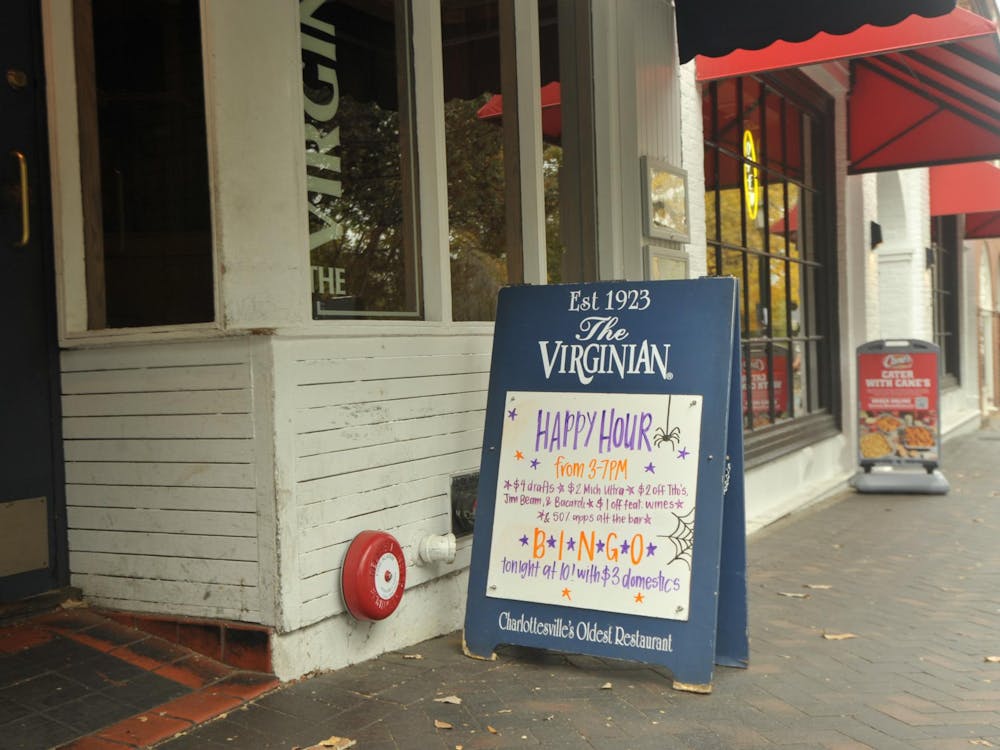Students in elementary, middle and high schools across the country are engaging in the nation's largest online mock election hosted by the University's Center for Politics Youth Leadership Initiative.
According to Lea Brown, director of instruction for the Youth Leadership Initiative for the Center of Politics, the majority of students will vote using an electronic ballot, but for classrooms with limited technology access, paper ballots also have been provided. The polls opened Oct. 24 and will close Nov. 3.
According to Brown, recent research indicates that younger people are less likely to vote. By encouraging minors to take part in the mock election, the program aims to encourage a habit of becoming active in the political process.
"If they were used to voting at eight- or nine-years-old, then that's a habit that will continue as they are old enough to cast a real ballot in an actual election," Brown said.
According to Melissa Schoeplein, an Advanced Placement U.S. Government teacher at Thomas Jefferson High School for Science and Technology, mock elections are effective when a teacher associates them with a lesson plan. Schoeplein's class is participating in a mock election similar to the Youth Leadership Initiative's program because she had not heard about the Youth Leadership Initiative's program. Her students researched the three gubernatorial candidates and held an in-class debate about who should be chosen.
"I had them analyze their Web site and platforms and compare and contrast two issues, and then we had an in-class debate about it," she said.
According to Brown, the program encourages interaction between students and elected officials by asking teachers to invite candidates to their classrooms and students to attend local government meetings, write letters or send e-mails to candidates about issues that matter to them.
Schoeplein said teachers must allocate equal time to all candidates.
"The only place where maybe it could get troublesome is if a teacher is allowing for one party to come and let them speak to their students but not letting the other party to come," she said.
Since emphasis is put on the process of voting rather than the outcome, the results of the mock elections are discarded, Brown said. The results of the election are not predictive and the entire election should be seen as an academic exercise.
The Youth Leadership Program, the largest program at the Center for Politics, was established in 1998 by Prof. Larry Sabato to combat cynicism and apathy in the electorate.
"In order to get people involved, you have to get people off the couch and on the playing field, [and] that's what this program does," Sabato said.
With over 30,000 registered educators all over the country, the program contains participants ranging from teachers to county-wide curriculum supervisors who signed up on the Youth Leadership Program's Web site free of charge. The mock election mimics every state's gubernatorial and congressional races along with the national presidential race that occurs every four years.
According to Brown, over 54,000 students from Virginia, New Jersey and Georgia have taken part in this year's mock election, but she said she expects the number to go up considerably today.
In 2004, more than 800,000 students from all 50 states, several U.S. territories and American schools abroad participated in the presidential election.
"We will top a million [student participants] in 2006 for midterm elections and we're going to have 1.5 million in the next presidential election in 2008," Sabato said.






